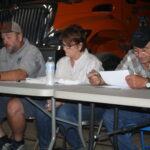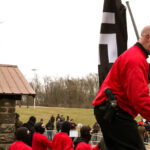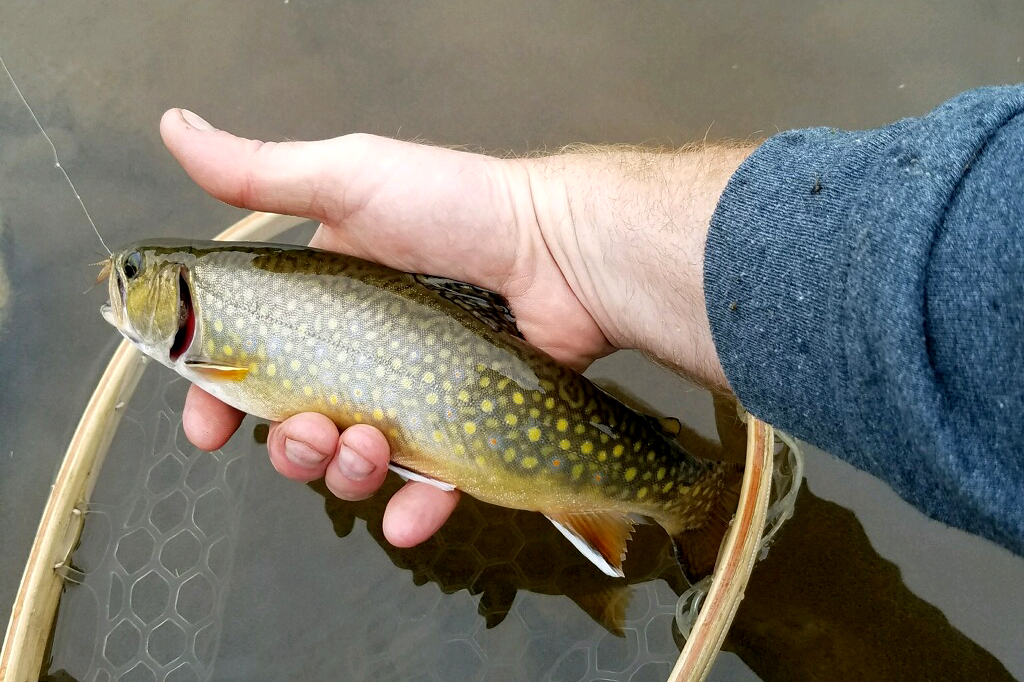
September has multiple hunting opportunities: bear, deer, moose, duck and goose, and there are plentiful turkey, pleasant, partridge and woodcock to peruse. With so many shooting options it’s no wonder many sportsmen overlook the waning days of fly fishing season.
Some outdoorsmen attribute warm fall tends to Mother Nature, others prefer meteorological coincidence, but as far as I’m concerned it’s truly climate change. For a devout dry fly fishing enthusiast like myself, however, it’s late-season heaven among a background kaleidoscope of changing leaves.
Of all the styles of fly fishing, proficiently and productively presenting a dry fly to trout and salmon is by far the most satisfying. It is also the most challenging since during low, warm water conditions, fish are selective and very spooky. Poor casting and the wrong fly pattern will generally yield frustration and an empty creel.
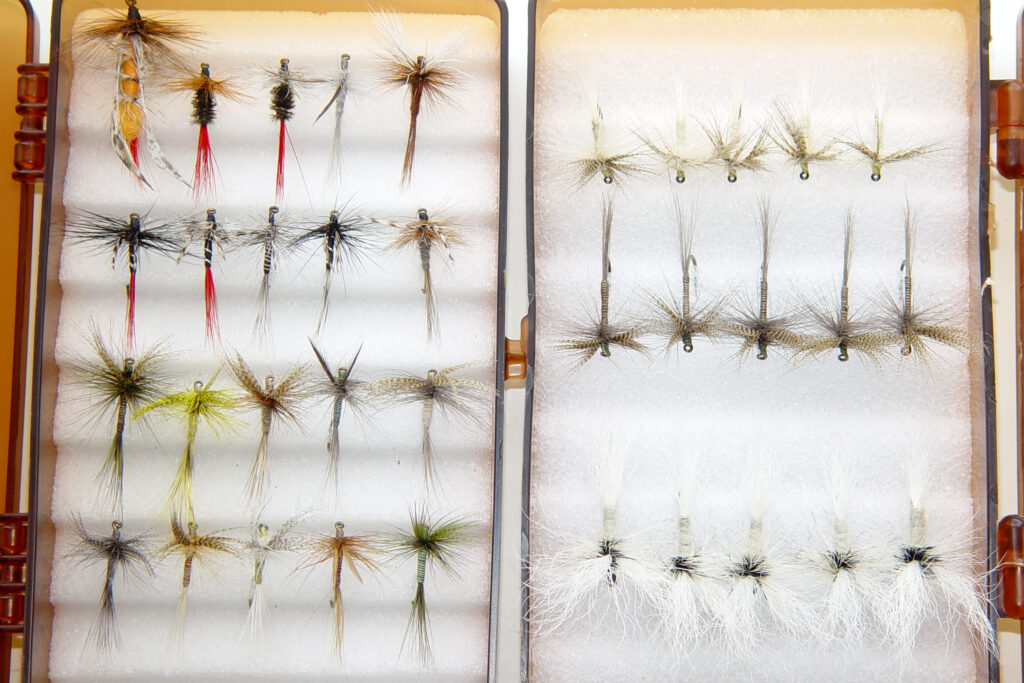
Dry fly anglers must lay a cast gently across the water surface with no splash. A key is to straighten the line out above the stream surface and allow it to float down, rather than laying out across the water with the snap of a wet fly cast. Always try to work the edges of a holding pool first and then work the fly inward. This prevents the fish from being spooked by the line going over their backs.
A long, lightweight leader is a great asset. New fluorocarbon leader is so much thinner than monofilament it’s nearly invisible, although its small diameter and slickness make it harder to work with. At least a 9-foot tapered leader with a 2- to 4-pound test tippet will work well on regional lakes and streams during warm autumn months.
In the end, it’s the fly selection that determines results. Size, color and body style all combine to entice a feeding trout. I regularly take trout on the surface with 12 particular dry fly patterns. Over the years my dependable dozen have worked in Maine, Quebec, New Brunswick, Connecticut and Montana, and I have no doubt they will work on trout and salmon, day or night, moving water or still, in any state.
When I was young and learning to fly cast at my Dad’s side, a mosquito pattern was very productive. Six decades later, the mosquito dry fly still takes the trout on a regular basis and is one of my regular offerings.
Another set of old standbys are the slim Jims, brown, red, green and my favorite, gray. The unique thing about a gray slim Jim is that it will take brook trout dry or wet. Slim Jim patterns are seldom seen or heard of outside Maine; they’re particularly prominent in Aroostook County where, according legend, this special fly was created.
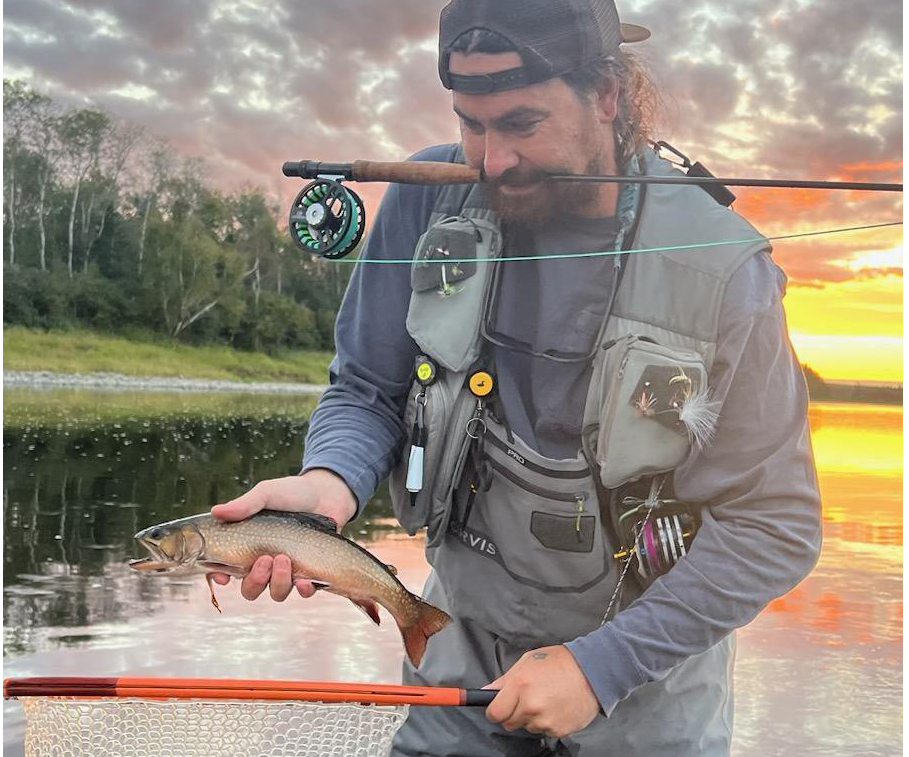
The Hendrickson originated in 1915 in New York and is an imitation of a May fly emerger. Hendricksons attract large fish throughout the season and work great even during sunny, midday hatches.
No fly box is complete without Cahills, light and dark versions. Dark Cahills are tied in dry and wet versions, while the light Cahill is tied in more than 10 versions across the U.S. Cahill hatches are prominent on most regional waterways and this pattern will produce action all summer and into fall. It’s a great fly for neophyte dry flyers since it is so highly visible on the water and easy to follow on a drift.
The brown and grizzly color combination of an Adams make it an excellent all-around pattern as it could represent several basic Mayflies. At least a dozen variations exist of the Adams dry fly, but beyond the original style, the spent wing version produces best. During a “spinner fall” hatch when the surface is littered with dying Mayflies, a spent-wing Adams will be literally torn to pieces as fish after fish eats it.
Created in the late 1800s by the father of American dry fly fishing, Theodore Gordan, the Quill Gordan remains a tried and true pattern more than 100 years later. Quill Gordons are a sort of generic Mayfly representative and often attractive to larger fish.
In this same category is the blue dun dry fly, a pattern used to imitate a variety of dark Mayfly duns. Blues are excellent late August and September offerings on Aroostook waterways.
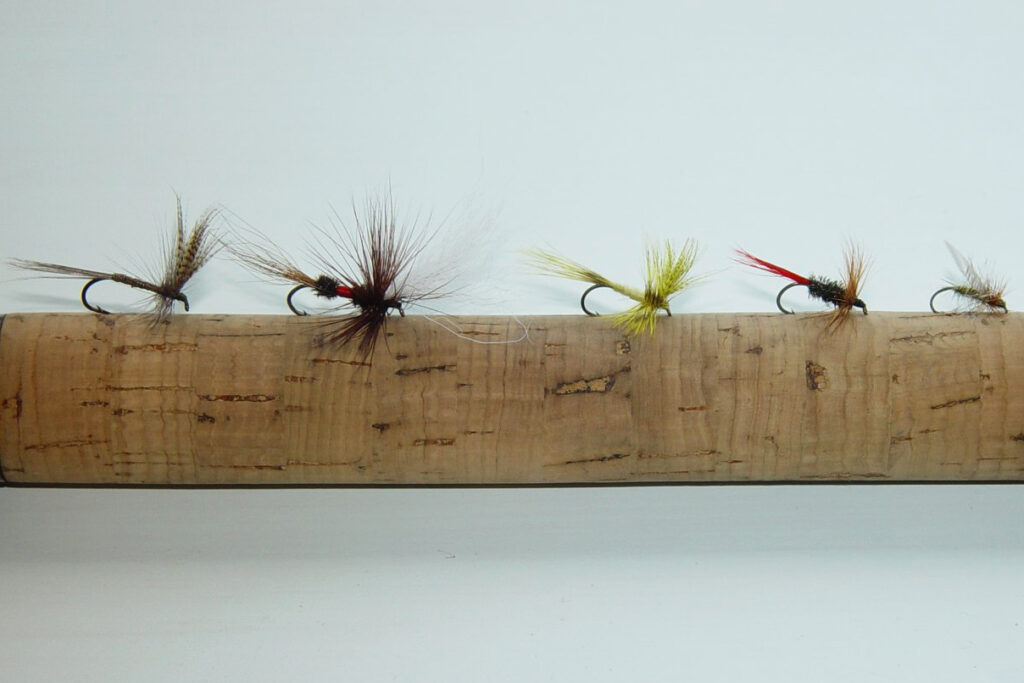
Over the last five years, a Henryville special has leaped to the top of my favorites list. Tied with swept-back wings, this caddis replica is dependable dry and equally productive when fished wet just under the surface.
Lee Wulff created a series of high floating, full bodied dry flies in 1929 that have a dual upright hair wing. No selection would be complete without a white Wulff and a royal Wulff. Light colored Wulff patterns are essential for late evening and night fishing, and often produce trophy-size fish.
My final dependable dry fly is the grasshopper pattern, specifically the red-tailed, yellow body with brown hackle, and swept-back turkey winged version. During late summer and autumn in agricultural areas, this terrestrial mimic has drawn many normally selective brook trout.
For a baker’s dozen, have at least one green drake pattern. The emerger, full floating or crippled dun will all work.
If possible, have sizes 14 to 18 in all flies. Once in a great while a size 20 or 22 is needed, but I usually can’t see well enough to tie them on so it’s not worth the frustration.
Novice or pro, dry fly enthusiasts will find one of these dependable dozen on the menu of local trout and salmon. During dry fly season, a well-stocked fly box is the key to happiness and success.


